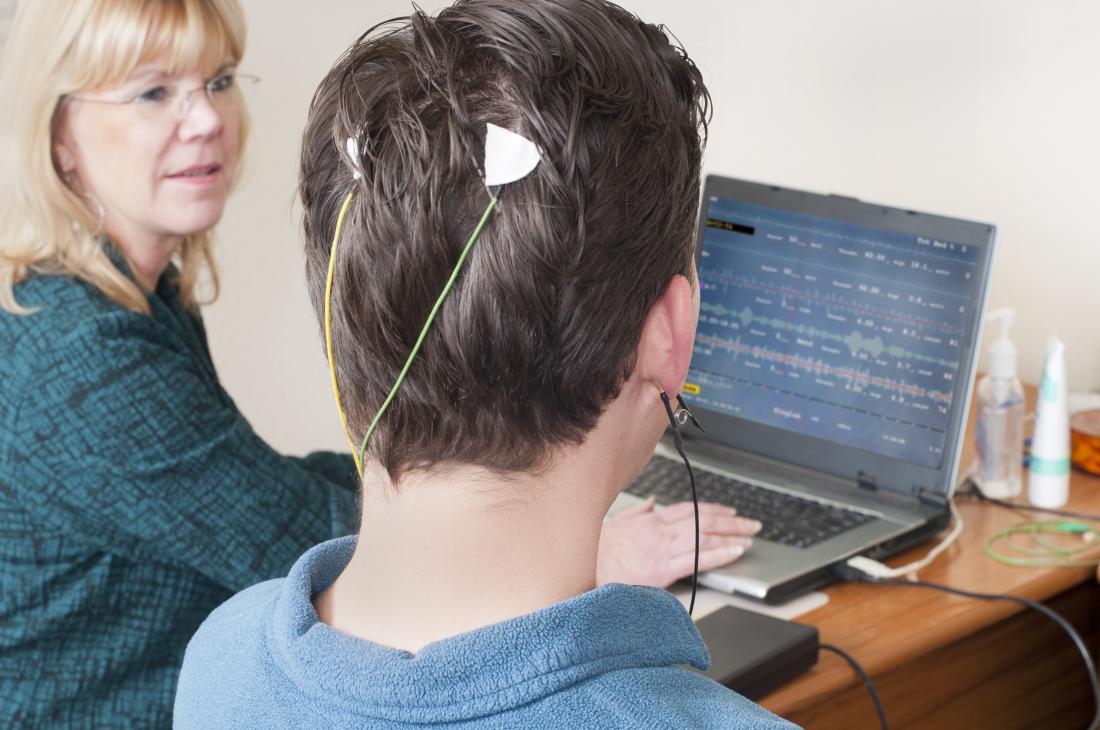Utilizing the Power of Bio-Feedback to Transform Persistent Pain Management and Improve Quality of Life
Utilizing the Power of Bio-Feedback to Transform Persistent Pain Management and Improve Quality of Life
Blog Article
Persistent pain is a condition that impacts countless of people around the globe. It can be triggered by multiple elements, including injuries, illnesses, or even anxiety. For many individuals, controlling chronic pain can be a daily challenge that impacts their quality of life. Traditional treatments often consist of medications, physical therapy, and sometimes surgery. However, these methods do not always offer the relief that individuals seek. Lately, biofeedback has emerged as a promising alternative for controlling chronic pain and improving overall health.
Biofeedback is a technique that teaches patients how to control specific bodily processes by using indicators from their own bodies. This method includes using sensors that track physiological functions such as heart rate, muscle tension, and skin temperature. By offering real-time feedback, individuals can learn to identify their body's responses to pain and stress. This consciousness allows them to develop strategies to handle their pain more efficiently. For instance, if a person observes that their muscle tension increases when they are in pain, they can utilize relaxation techniques to help alleviate that tension.
One of the key advantages of biofeedback is that it enables individuals to take an proactive role in their pain management. Instead of relying solely on drugs or treatments from healthcare providers, individuals can learn to understand and control their own bodies. This feeling of control can lead to enhanced confidence and a more optimistic outlook on life. Many individuals indicate feeling more in control of their pain and less like sufferers of their syndrome. Full Report This shift in mindset can significantly enhance their quality of life.
Research has shown that biofeedback can be effective in alleviating chronic pain indicators. Research suggest that individuals who employ biofeedback methods often undergo less pain and improved physical function. Additionally, biofeedback can help reduce anxiety and stress, which are common issues for those living with chronic pain. By addressing both the physical and emotional aspects of pain, biofeedback offers a comprehensive approach to pain control. This integrated method can lead to superior outcomes for individuals, allowing them to participate more completely in their daily activities.
In conclusion, biofeedback is a valuable tool for transforming chronic pain management. By teaching patients to comprehend and regulate their physiological reactions, biofeedback enables patients to take charge of their pain. This approach not only helps reduce pain but also improves overall quality of life. As more people seek alternatives to conventional pain management methods, biofeedback emerges as a potential solution. With continued research and awareness, biofeedback could become an integral part of chronic pain therapy, helping patients lead healthier, more fulfilling lives.